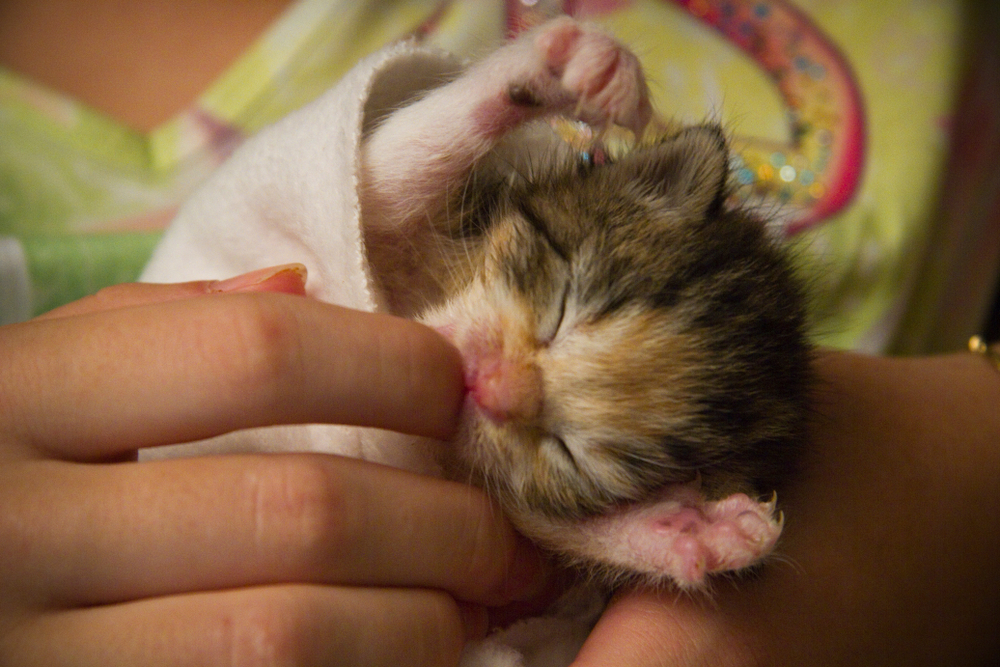Want to save a cat’s life with only a short-term commitment? Consider fostering a litter of kittens. In summer, shelters are overrun with kittens, often with multiple litters coming in daily. In many shelters, young kittens need feeding and care ‘round the clock, care that understaffed shelters are unable to give. Without volunteers and foster homes to care for them, kittens may be euthanized.
Fortunately, many shelters and rescue groups are banding together to make sure the little lives are saved. That’s where volunteers come in.
Foster families allow shelters to place kittens in homes where they can get special care or simply make room for other animals in the shelter. It’s also a great way to prepare kittens for family life, from the presence of dogs and kids to the sound of a vacuum cleaner. Fosters commit to caring for kittens, bottle-feeding them, stimulating them to urinate and defecate, and keeping them warm and cuddled. Depending on the kittens’ age, fostering can last for two weeks or two months, until they are old enough to be spayed or neutered and adopted.
All you need is a room that’s safe for kittens and easy to keep clean. A guest bath is usually a good choice (keep the toilet lid down!). The shelter or rescue organization provides formula, bottles, pee pads and other essentials. Useful items to have on hand include a postal or kitchen scale to be sure that kittens are gaining weight and a heating pad topped with towels to help them stay warm.
Shelter staff provide care and bottle-feeding lessons before sending you home with a litter. For instance, kittens should have all four paws on the ground and their head level to make sure formula doesn’t go down the wrong way. They’re available to help if you have questions or problems.
The best part? Spending time and playing with kittens to help them learn to love people.
If you’re interested, contact your local shelter or cat rescue group and ask if they have a bottle-baby program. The emotional rewards will fill your heart to overflowing.
This article was reviewed/edited by board-certified veterinary behaviorist Dr. Kenneth Martin and/or veterinary technician specialist in behavior Debbie Martin, LVT.
Kim Campbell Thornton is content manager for Fear Free Pets and is a Level 3 Fear Free Certified Professional. She has been writing about dogs, cats, wildlife and marine life since 1985 and is a recipient of multiple awards from the Cat Writers Association, Dog Writers Association of America, and American Society of Journalists and Authors. When she’s not writing or editing, she’s competing in nose work trials with Harper, a Cavalier King Charles Spaniel.








